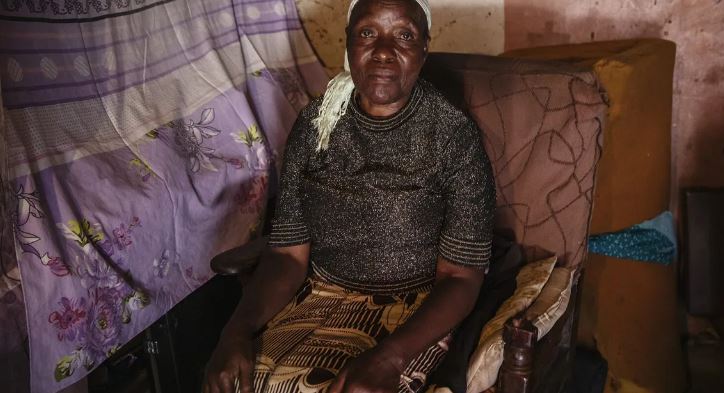Over the past few decades, many countries in Africa have made remarkable strides in improving the health and well-being of their populations. Life expectancies have risen, infant mortality rates have fallen, and diseases like HIV/AIDS have been brought under control. However, these gains are now under threat as the continent faces a new wave of health challenges.
One of the biggest threats facing African countries today is the COVID-19 pandemic. While many countries on the continent have managed to keep the virus at bay, others have been hit hard by waves of infections and deaths. The lack of access to vaccines and other medical resources has exacerbated the situation, leaving many African nations vulnerable to the worst effects of the pandemic.
In addition to COVID-19, African countries are also grappling with a range of other health challenges. These include the ongoing HIV/AIDS epidemic, which continues to affect millions of people across the continent, as well as other infectious diseases like malaria and tuberculosis.
Furthermore, non-communicable diseases like cancer, diabetes, and heart disease are becoming increasingly prevalent in Africa as the population ages and lifestyles change. This has put additional strain on already overburdened healthcare systems, which are struggling to provide adequate care for their populations.
The combination of these challenges has raised concerns that the gains in life expectancy and other health indicators achieved by African countries over the past few decades could be erased. Many health experts are calling for increased investment in public health infrastructure, as well as improved access to vaccines and other medical resources, in order to prevent this from happening.
Despite the challenges, there are also reasons for hope. Many African countries have shown resilience in the face of previous health crises, and there are signs that some are beginning to turn the corner in the fight against COVID-19. With continued investment in health infrastructure and resources, it is possible that the gains made in life expectancy and other health indicators can be preserved and even built upon in the years to come.

